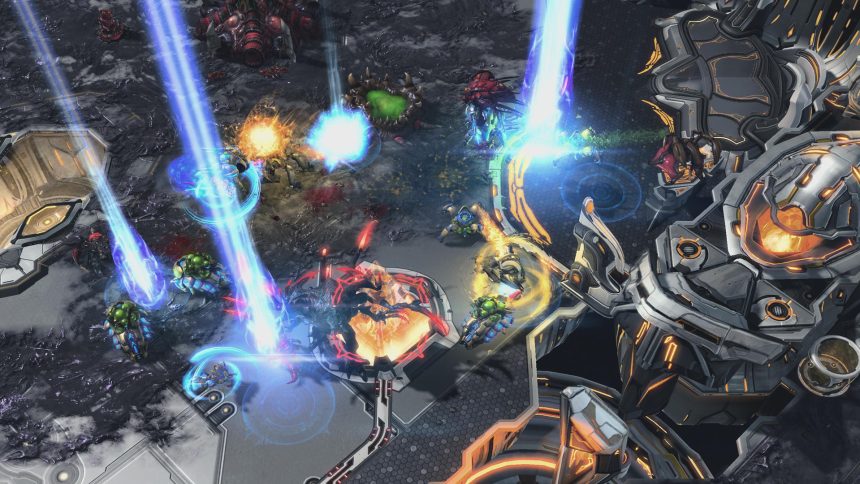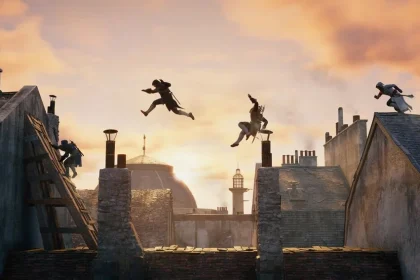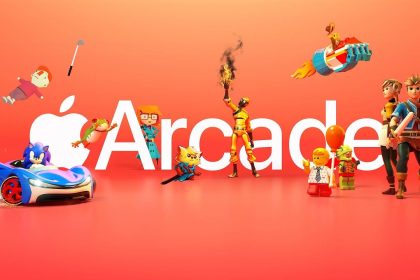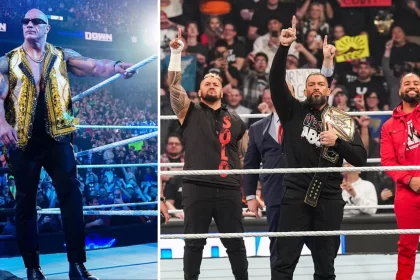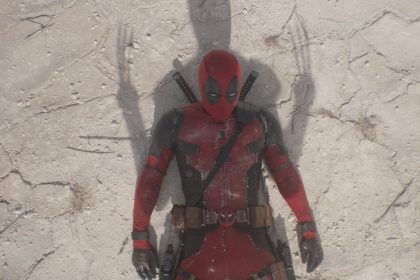It has been 14 years since StarCraft 2 was released, and the passage of time has left an emotional mark for many, including the author. StarCraft 2 was not just a game, but an entry point into the world of real-time strategy (RTS) for players who may have come from more casual strategy titles like Halo Wars or Lord of the Rings: Battle for Middle Earth 2.
The author was never particularly skilled at competitive play, but the game’s campaign hooked them, pulling them into the complexities of RTS gaming. Soon, terms like Zerg rush and APM became part of their vocabulary, even if multiplayer matches were stressful.
The author recalls the challenge of trying to master all three factions in StarCraft 2. While they experimented with the Zerg’s aggressive tactics and the Protoss’s strategic, high-quality play, it was the Terrans that suited their style the best.
Although they didn’t excel at any one faction, StarCraft 2 was the only game that pushed them to try and improve in a strategy game. It stood out among other RTS titles, leaving a lasting impact on them and many players alike, even 14 years later.
When news surfaced about a potential StarCraft shooter, the author had mixed feelings. While they would be thrilled to see new content from the StarCraft universe, they expressed a preference for the top-down RTS experience that originally defined the series.
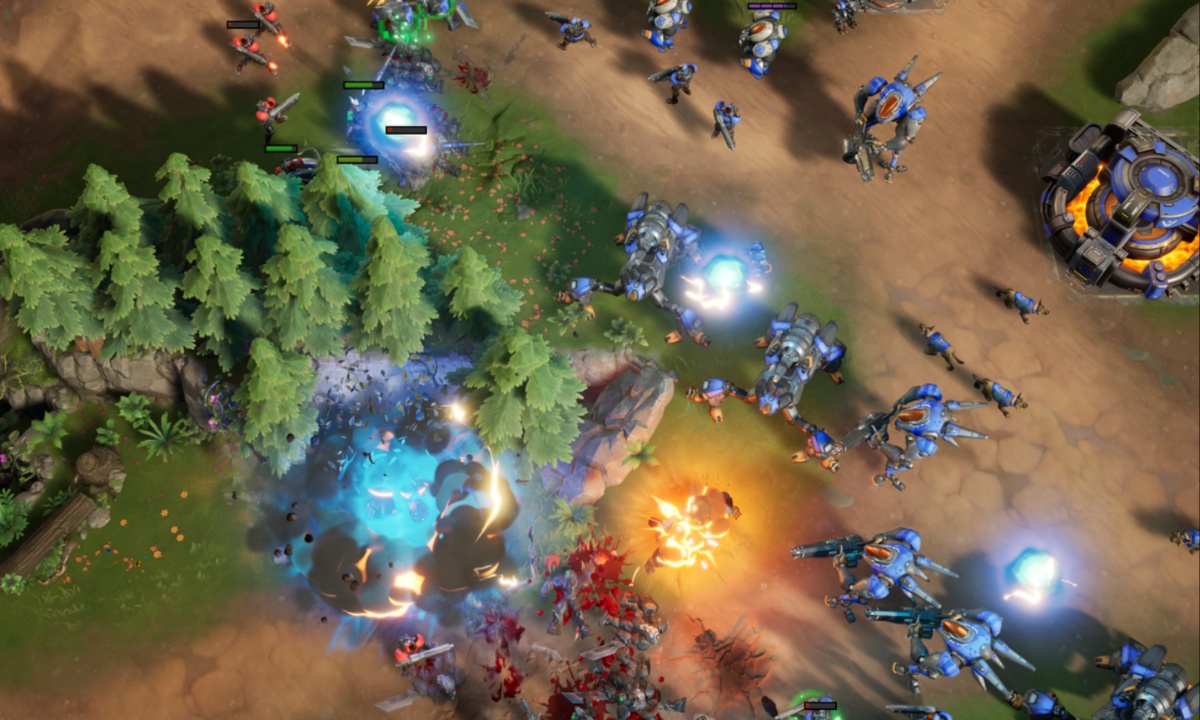
The RTS genre has evolved significantly since the launch of StarCraft 2, raising questions about what a new StarCraft game could look like in today’s gaming world. Other strategy games, such as XCOM and Total War: Warhammer, have introduced new elements and shifted away from the traditional RTS formula that StarCraft 2 perfected.
Over the years, the direction of strategy games has changed. Today, many RTS titles blend elements from other genres, such as base-building and defense, into new and unique formats. An example of this is Cataclismo, which combines traditional RTS mechanics with base-building and defense elements.
Many developers have moved away from the classic RTS style, but Frost Giant Studios, creators of Stormgate, are working on a game that strives to keep the traditional formula alive. Even so, Tim Morten, the CEO of Frost Giant and a former producer of StarCraft 2, believes that a StarCraft 3 would need to innovate in bold new ways, such as incorporating open-world gameplay or accessible new modes, to appeal to modern audiences.
For StarCraft 3 to be successful, the author argues, it would have to address one of the biggest issues StarCraft 2 faced: onboarding new players. StarCraft 2’s steep learning curve often left newcomers frustrated and seeking tutorials just to understand the basics.
Recent RTS titles, like Warhammer Age of Sigmar: Realms of Ruin, have taken steps to make gameplay more accessible to a broader audience, making unit management and strategy simpler without sacrificing depth.
If Blizzard were to greenlight a StarCraft 3, the game would need to open up to more players while maintaining the core strategic elements that made the original games so great. However, if Blizzard opts for a different direction, such as a shooter, it would be a missed opportunity to continue evolving the RTS franchise in a meaningful way.

